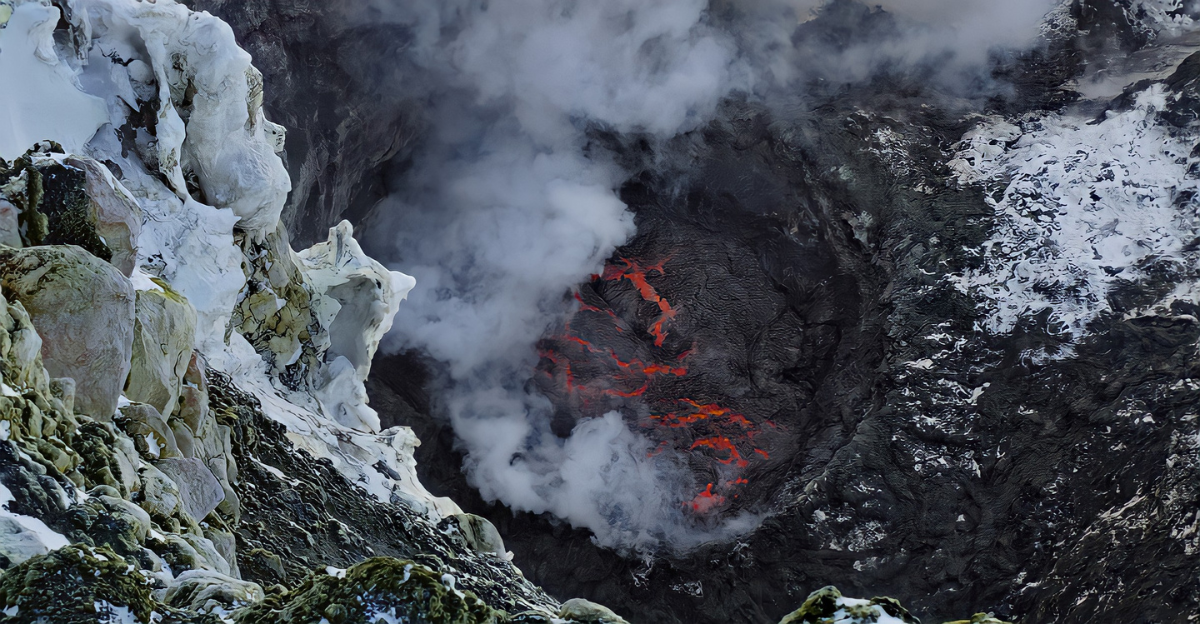
Nothing can draw attention quite like the thought of imminent doom via volcanic eruption. With nearly 50 volcanic eruptions already recorded this year and more anticipated in the coming months, Geologists are concerned about the increasing activity in the Pacific Ring of Fire.
This horseshoe-shaped zone stretches about 25,000 miles around the Pacific Ocean. It is home to over 450 volcanoes, accounting for about 90% of the world’s earthquakes and a significant share of its volcanic eruptions. While this area is well-known for always being active, these events are becoming increasingly clustered. Is this cause for concern or just another day in the ring of fire?
What Is the Ring of Fire?
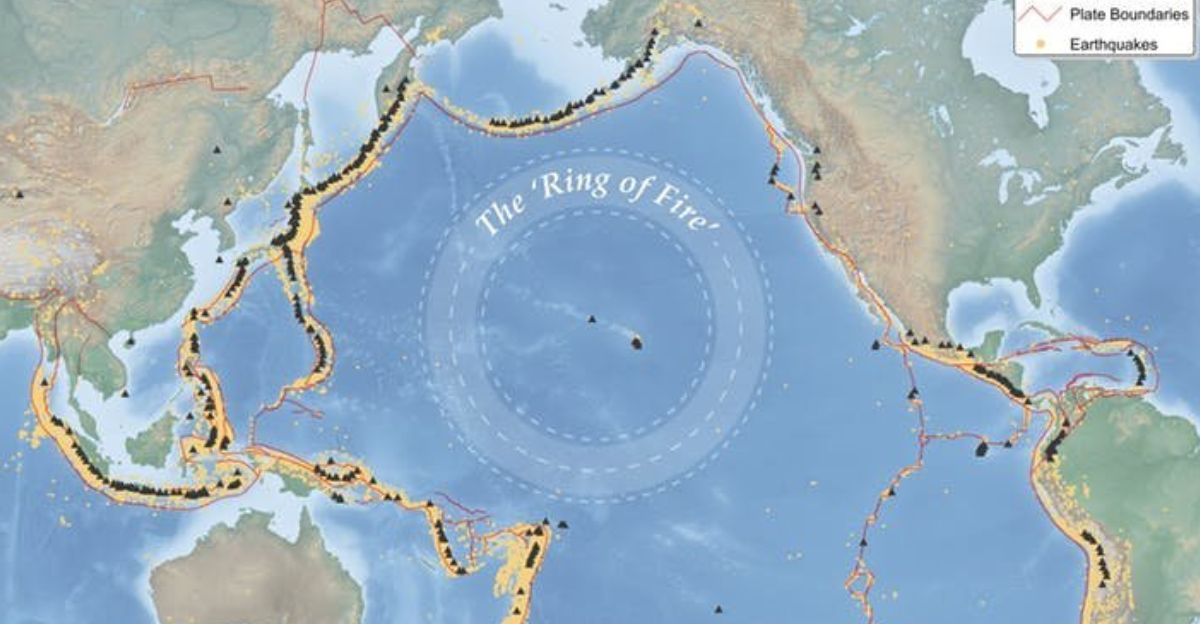
This belt encircling the Pacific Ocean traces the boundaries of several tectonic plates, including the Pacific, Philippine, Juan de Fuca, Cocos, and Nazca plates. Due to these plates’ constant movement and collision, particularly at subduction zones where one plate is forced beneath another, magma is generated, triggering volcanic eruptions and earthquakes.
“Three out of every four live volcanoes on Earth are here,” says National Geographic. “Almost all earthquakes happen here, too.” This region stretches from South America’s southern tip, along the North American west coast, across the Bering Strait, down through Japan, and into New Zealand.
Activity Numbers That Worry Scientists
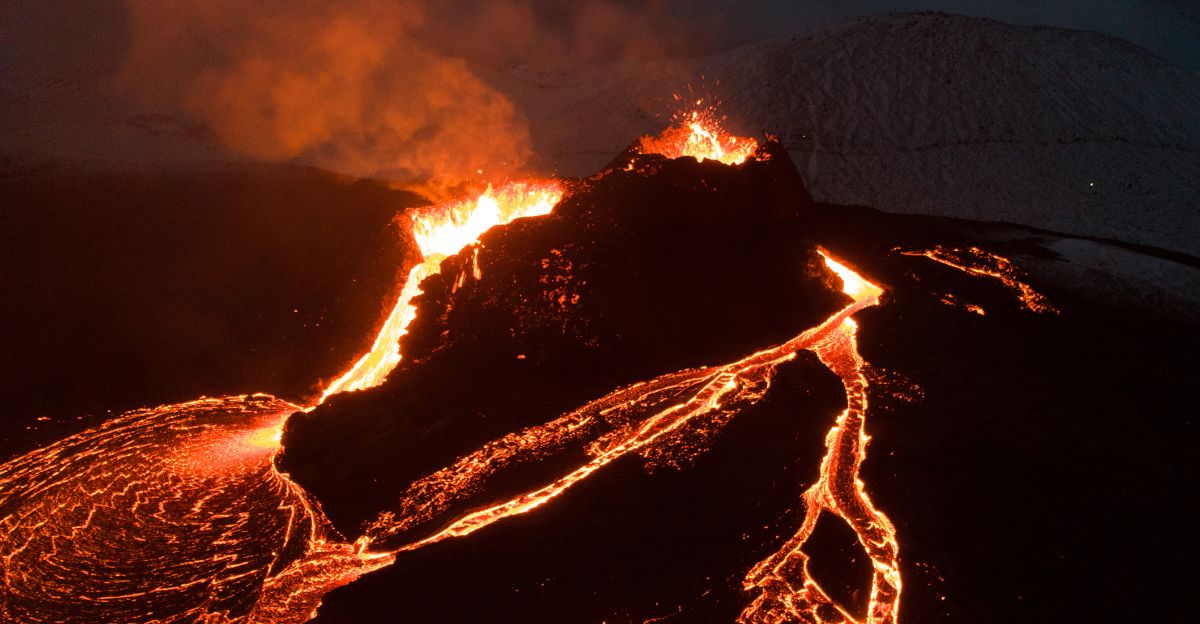
Since the start of the year, there have been a significant number of eruptions along the ring of fire, reaching 54 from 54 different volcanoes, with 12 of these being new eruptions this year alone. This uptick in volcanic activity coincides with other natural disasters, including significant earthquakes in Japan and ongoing lava flows in places like Hawaii.
These eruption clusters are raising questions among researchers about whether this is normal or if we should be preparing for a bigger, far more dangerous eruption.
Are These Events Unusual?

According to Professor Chris Elders, a geology expert from Curtin University, the current activity is “entirely normal” when viewed in the context of the region’s long-term history. Volcanologist Dr. Janine Krippner adds that the zone is not called the Ring of Fire “because it sits there doing nothing,” the apparent increase in activity may partly reflect improved monitoring and reporting rather than a true geologic anomaly.
“There are always one or a few volcanoes acting up somewhere along the Ring of Fire, and there are frequent earthquakes,” said Dr. Greg Valentine, geology professor and director of the University at Buffalo’s Center for Geohazards Studies.“The main thing that has changed recently is that we can measure these things all over the world and disseminate the information to the public quickly,”
The Cause of the Activity

At the heart of these constantly moving plates are subduction zones, where denser oceanic plates like the Pacific Plate plunge beneath adjacent continental plates at rates of 2-4 inches per year. The collision between these plates causes overwhelming friction and force, causing the subducted plate to melt into magma.
As this molten rock rises through the mantle, it triggers volcanic eruptions and creates deep ocean trenches. This activity causes pressure along plate boundaries that is released as earthquakes when rock fractures along fault lines.
Eruptions and Earthquakes Worth Mentioning
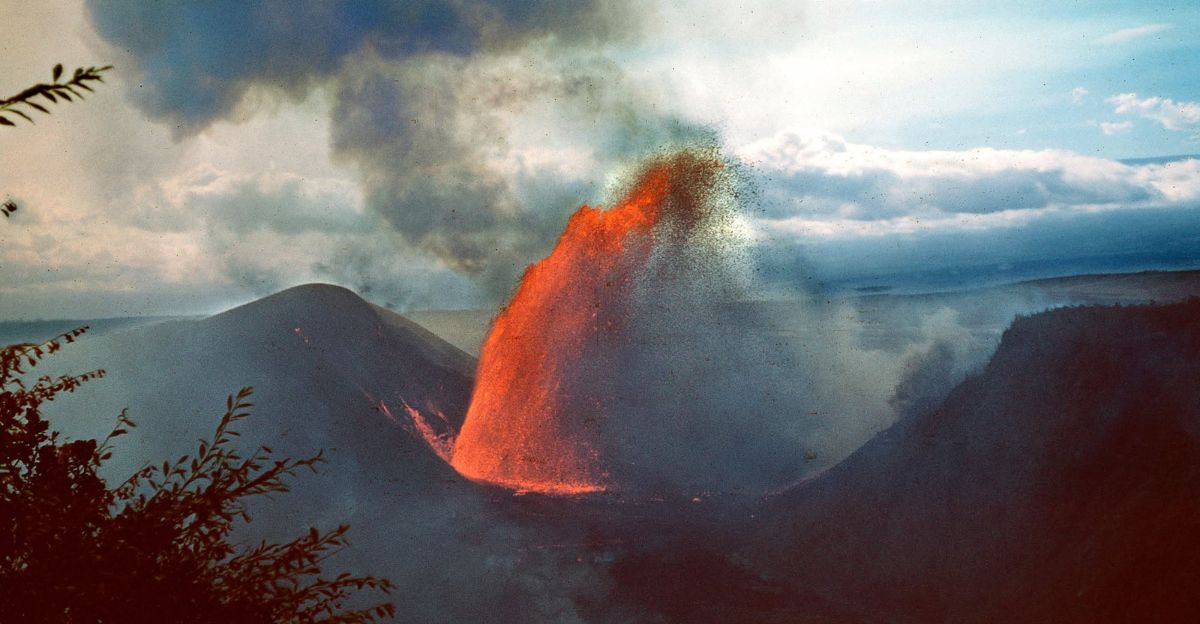
This year has had its fair share of decent eruptions and earthquakes to show just what it is capable of without causing too much damage. The year began with the eruption of Mount Lewotobi Laki-laki in Indonesia on January 2, making it the first volcano to erupt in 2025. Hawaii’s Kilauea has been putting up quite a show with lava fountaining since the 29th of June for its 27th episode.
On the seismic front, there was a devastating 7.7-magnitude earthquake in Myanmar on March 28, which resulted in over 5,000 fatalities, and a 7.1-magnitude quake in Tibet on January 7, causing significant casualties and damage. “In fact, the number of really large events over the past two months is quite a bit below the average over the past several years,” said Dr. Stephen Malone, research professor emeritus at the University of Washington.
The Role of Modern Monitoring
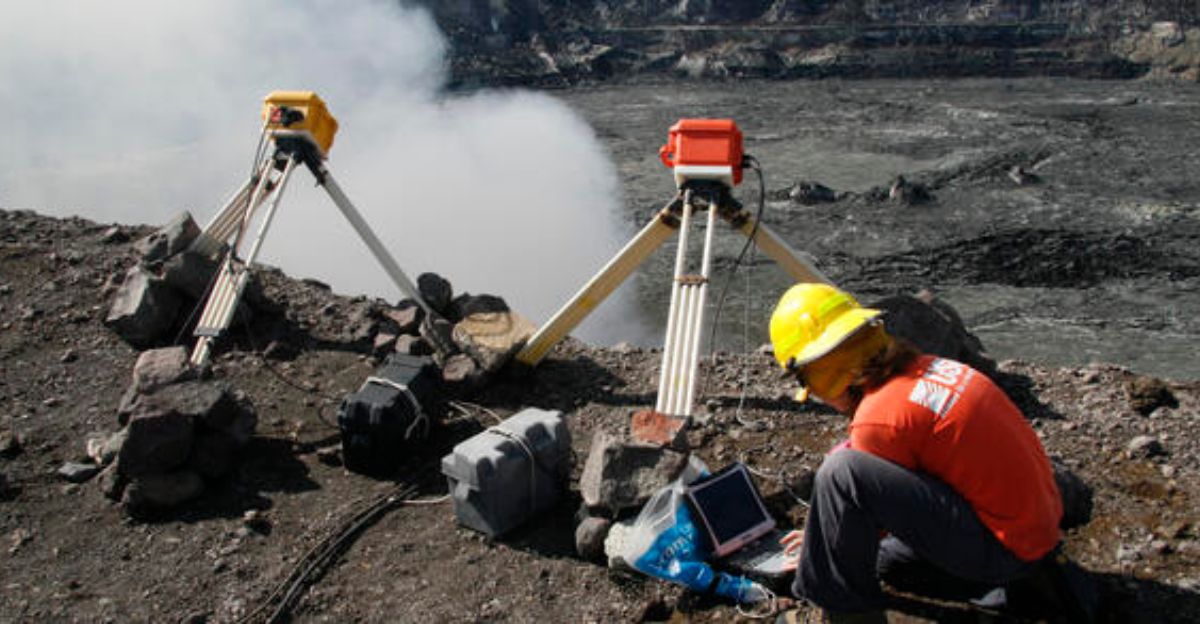
With technology constantly advancing, researchers are better equipped to read and understand these events and their relevance. A combination of advanced seismic networks, satellite-based sensors, and real-time data analysis enables geologists to detect even subtle changes in volcanic behavior that may signal an impending eruption.
Organizations like the Smithsonian Institution’s Global Volcanism Program and the USGS maintain constant surveillance, issuing timely alerts and hazard assessments to help protect at-risk communities.
Preparedness and Early Warning Systems

Early warning systems use a network of sensors and monitoring technologies to detect the first signs of earthquakes or volcanic unrest, giving authorities and residents seconds to minutes to take action and get to a safe place.
Local governments and community organizations must translate scientific data into actionable plans, conduct public education campaigns, organize drills, and reinforce infrastructure to withstand earthquakes and tsunamis. While you can never truly be ready for a natural disaster, being prepared is a good place to start.
The Unpredictability of Future Events
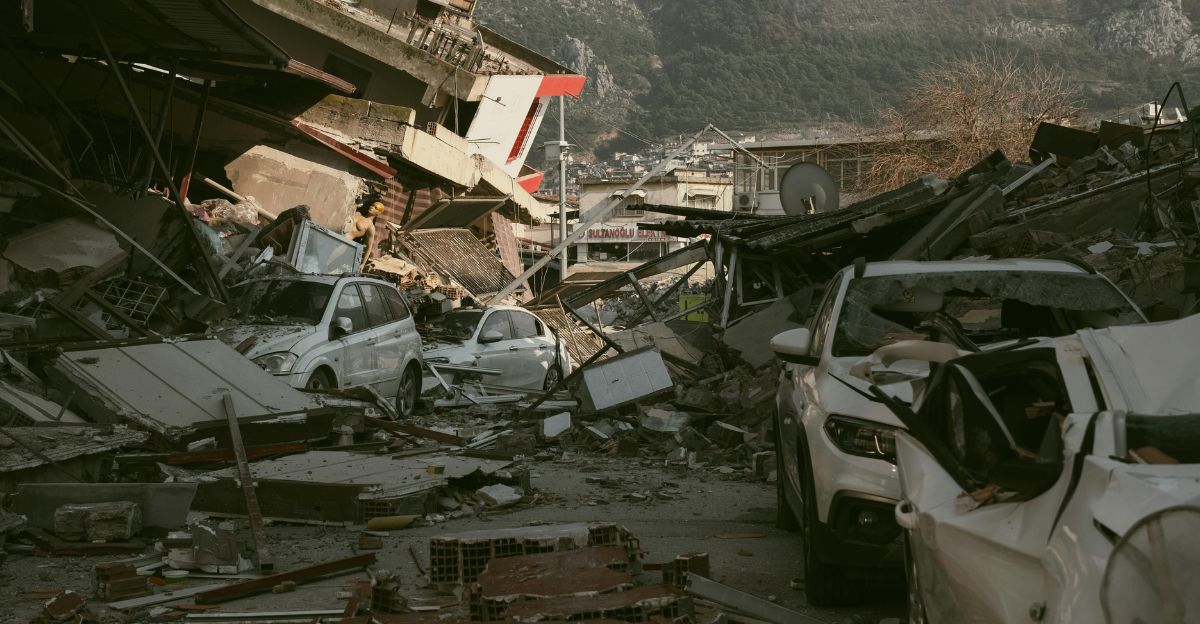
Despite remarkable advances in monitoring and forecasting, the future behavior of the Ring of Fire remains inherently unpredictable. Earthquakes and volcanic eruptions are complex natural processes influenced by countless variables deep within the Earth, many of which are still not fully understood.
Scientists have access to some of the best tools to predict patterns and changes, but detecting an event’s exact timing or location is nearly impossible.
A Region Under Watch

This is one area in the world that is constantly monitored to ensure that not a single tremor or jolt is missed. With over 15,000 earthquakes of magnitude 4.0 or higher recorded in 2024 alone, researchers are able to learn and fine-tune every instrument they have to better predict and understand these events.
These efforts are not just academic; they inform emergency preparedness protocols in countries from Chile to Japan, where authorities are on heightened alert due to increased stress along major fault lines and clusters of volcanic unrest.







